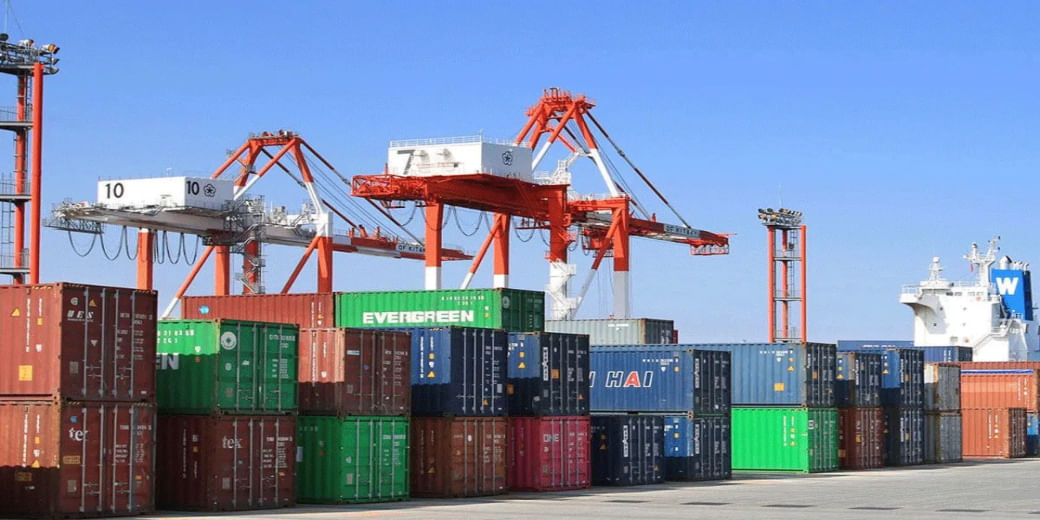Red Sea conflict creating shortage of vessels, containers: White goods to cost more, pinch pockets
The armed conflict has resulted in a shortage of shipping containers which has, in turn, raised sea freight expenditure from China to India

White goods have become a victim of the Red Sea conflict between the Houthis of Iran and Israel which began in October last year with the skirmishes forcing the shipping liners taking detours creating a scarcity of containers and ships in the global market. Transit times have gone up by more than one-third due to the detours.
The armed conflict has resulted in a shortage of shipping containers which has, in turn, raised sea freight expenditure from China to India. As a result, consumers might have to fork out more for gadgets such as IT hardware, TV sets, washing machines or air conditioners that are shipped to India through the seas, The Economic Times has reported.
Senior industry executives said in the past two months alone the armed conflict has hiked logistics costs up to four times in some instances for equipment shipped by sea.
The Red Sea is an inlet of the Indian Ocean and its significance is it position between Asia and Africa. It has an approximate surface area of 4.38 lakh sq km and is about 2,250 km long and 355 km wide at the broadest point.
The strategic position of the Red Sea has done the damage. Vessels in this area are coming under attack and it is scaring away commercial liners away from the Suez Canal through which as much as 15% of global maritime trade takes place. Instead of taking Suez Canal which offers the shortest time between Asia and Europe, many liners are going around the Cape of Good Hope which passes through the southern tip of Africa.
“There are about 330 large ships carrying about 11,000-12,000 containers each, which are taking a longer route (around 8,500 km extra) instead of going through the Suez Canal to avoid conflict zones in the Red Sea to reach their destinations in the US and Europe. That is causing a sudden shortage of containers at ports in China since early May,” Harish Kohli, country head of IT hardware brand Acer, told the newspaper.
Logistics costs in manufacturing large-sized electronics goods account for 2-3% to the overall costs. Kohli is of the opinion that the industry would wait for about a couple of months at the most before passing on the cost to the consumer.
Sunil Vaswani, executive director at Container Shipping Line Association, has said that transit times have risen by 35 to 40%. The direct result is vessels available for loading at the ports have gone down suddenly.
“The rates for both 20 feet and 40 feet containers have increased globally, after the Red Sea crisis. As far as India is concerned, the export demand is more for 20 feet than 40 feet containers and the shipping lines are therefore forced to give priority to 20 feet imports to help meet the export de- mand,” Vaswani added.
Those importers who want to go in for the larger 40 ft containers to bring goods from China are facing more difficulties. Kohli said that liners are cancelling contracts. They are also invoking the force majeure clause which is forcing manufacturers to book shipping at spot rates that are more expensive.
“As far as Indian exports, particularly to the West, are concerned, the rates have already stabilised or softened due to the financial year closure now being behind us and the additional capacities deployed by the shipping lines,” Vaswani said.